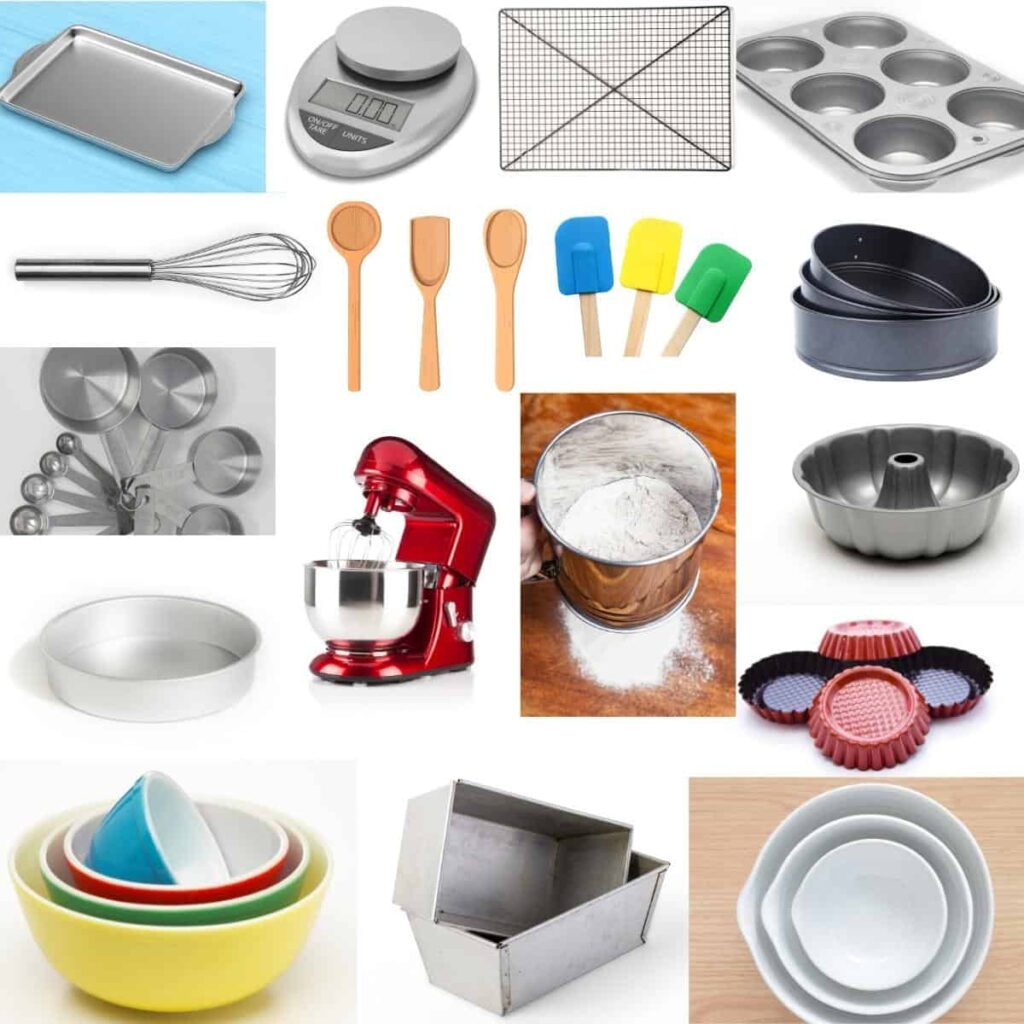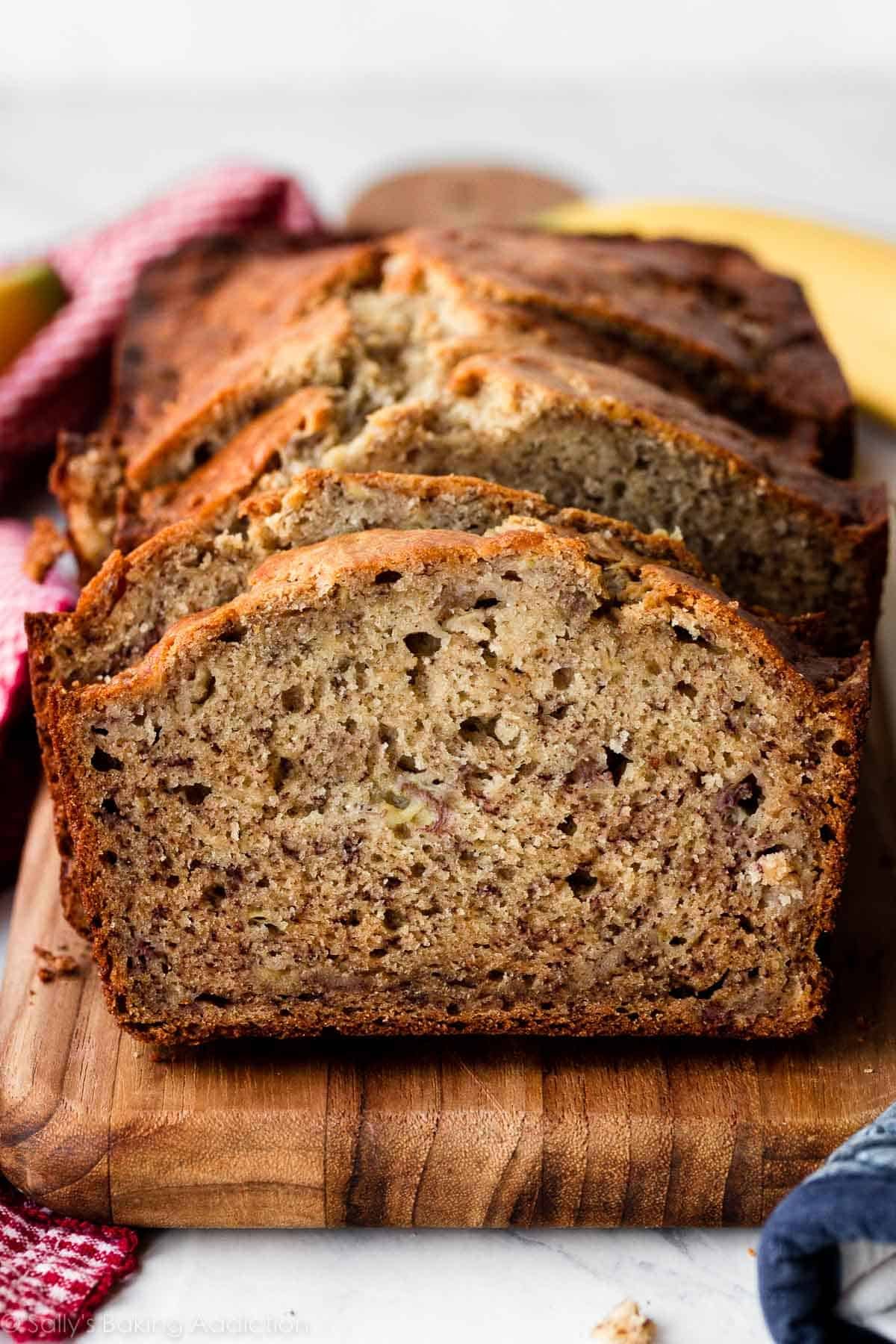Blender is a free open-source 3D animation software widely used by artists and professionals worldwide. Blender is a versatile 3D animation software that offers powerful features for creating stunning visual effects, animations, and virtual reality experiences.
This free open-source software has gained popularity for its user-friendly interface and a wide range of tools and functionalities. Artists and professionals can use Blender for various purposes, including modeling, rendering, texturing, rigging, and animation. With its robust capabilities and active community support, Blender has become a preferred choice for many in the industry.
Whether you are a beginner or an experienced user, Blender provides a comprehensive platform to unleash your creativity and bring your ideas to life in the world of 3D animation.
Table of Contents
Understanding Blender: An Introduction
Blender is a versatile software that provides a comprehensive introduction to 3D modeling and animation. Discover the power of Blender’s tools and unleash your creativity in this beginner-friendly guide.
Understanding Blender: An Introduction
Blender, a versatile and powerful 3D modeling software, has gained immense popularity among designers, animators, artists, and enthusiasts alike. In this introductory blog post, we will delve into what Blender is, its importance, the evolution of this remarkable software, its key features and capabilities, as well as its significant role in various industries.
H3: What is Blender and why is it important?
Blender is an open-source 3D computer graphics software that empowers creators to generate stunning visuals, animations, and interactive 3D applications. Developed by a passionate community of experts, Blender offers a wealth of tools and features that rival those found in many premium software suites.
The importance of Blender lies in its accessibility and affordability. Unlike its costly counterparts, Blender is entirely free for anyone to download and use. This aspect alone has made it a favored choice for professionals and beginners looking to explore the expansive world of 3D modeling and animation.
H3: The evolution of Blender as a powerful 3D modeling software
Blender has come a long way since its inception in 1995 as an in-house tool for a Dutch animation studio. Over the years, it has undergone continuous development and improvements, evolving into a sophisticated and feature-rich software.
During its early stages, Blender relied heavily on scripting and lacked a user-friendly interface. However, with successive versions, it has become more intuitive and accessible to users of all skill levels. Its robust development has not only enhanced its functionality but has also contributed to a thriving community around it, fostering collaborations and knowledge sharing.
H3: Key features and capabilities of Blender
Blender boasts an extensive array of features that make it stand out as a top-notch 3D modeling software. Its capabilities span across modeling, texturing, rigging, animation, rendering, compositing, and more. Let’s explore some of its key features:
1. Modeling: Blender offers a versatile set of modeling tools, enabling artists to create complex 3D models using various techniques such as sculpting, polygonal modeling, and procedural modeling.
2. Animation: With its powerful animation tools, Blender allows users to bring their creations to life. From simple keyframe animations to advanced character rigging and simulation, Blender provides the means to create captivating animations.
3. Rendering: Blender’s rendering engine, Cycles, delivers unparalleled realism in visuals. It supports advanced features like global illumination, ray tracing, and GPU acceleration, allowing artists to achieve stunning visual results.
4. VFX and Compositing: Blender’s integrated node-based compositor allows artists to combine multiple render passes, images, and effects seamlessly. This provides a complete solution for creating visual effects and compositing in a single software.
H3: The significance of Blender in various industries
Versed in its capabilities, Blender has gained traction across a wide range of industries:
– Film and Animation: Blender has made its mark in the film and animation industry, with its powerful tools and professional-grade results. It has been used in acclaimed projects, both big and small, contributing to stunning visuals and engaging storytelling.
– Game Development: Blender’s comprehensive feature set and compatibility with major game engines like Unity and Unreal Engine have made it popular among game developers. It serves as an all-in-one tool for creating assets, animations, and environments for games.
– Architecture and Product Design: With its precise modeling tools and realistic rendering capabilities, Blender has found a place in architecture and product design industries. Architects and designers can create lifelike visualizations, walkthroughs, and product prototypes with ease.
– Education and Research: Blender’s accessibility and open-source nature have made it a valuable resource for educational institutions and researchers. It provides a platform for learning 3D design and animation, as well as for exploring new techniques and algorithms.
Blender’s immense versatility and its growing community of users and developers ensure its continuous development and relevance in the ever-evolving world of 3D graphics. Whether you’re an artist, designer, or hobbyist, Blender opens up boundless possibilities in the realm of creativity.
Unleashing Your Creativity With Blender
Discover the boundless possibilities of Blender and unlock your creative potential. This powerful software empowers artists and designers to create stunning 3D models and animations, revolutionizing the world of digital art. Embrace your imagination and let Blender be your canvas for artistic expression.
Exploring The Limitless Possibilities Of Blender In 3d Modeling And Animation
Blender, the powerful open-source software, has revolutionized the world of 3D modeling and animation. With its extensive toolkit and intuitive interface, Blender has become the go-to software for artists and designers looking to push the boundaries of their creativity.
Whether you are a beginner or an experienced professional, Blender offers a wide range of features that allow you to bring your wildest imaginations to life. From sculpting intricate details to animating lifelike characters, Blender empowers you to create truly breathtaking visuals.
Some of the remarkable features of Blender include:
- Advanced mesh modeling tools for creating complex shapes and objects
- Fluid and smoke simulation capabilities for realistic fluid and particle effects
- Powerful rigging and animation tools for bringing characters and objects to life
- Intuitive texture painting and UV unwrapping tools for adding details and textures
- High-quality rendering engine for stunning visual output
With Blender, the possibilities are endless, and your imagination is the only limit. Whether you are creating characters for a game, designing environments for architectural visualization, or crafting stunning visual effects for films, Blender provides you with the tools you need to unleash your creativity.
How Blender Empowers Artists And Designers To Bring Their Visions To Life
Blender has become the go-to software for artists and designers looking to turn their ideas into reality. With its powerful features and flexibility, Blender empowers you to bring your visions to life like never before.
Here are a few ways Blender empowers artists and designers:
- Accessibility: Blender is a free and open-source software, ensuring that anyone, regardless of their budget, can access the powerful tools it offers. This makes it an ideal choice for aspiring artists and designers who are just starting.
- Feature-rich Toolkit: Blender packs a punch with its extensive toolkit that includes everything from modeling and animation to texturing and rendering. This comprehensive set of tools allows artists and designers to bring their ideas to life without the need for multiple software.
- Community Support: Blender has a vibrant and active community of artists and developers who are always ready to provide support and share their knowledge. This community-driven approach ensures that artists and designers never feel alone and have resources and tutorials at their disposal.
- Cross-platform Compatibility: Blender runs on Windows, macOS, and Linux, making it accessible to artists and designers, regardless of the operating system they use. This flexibility allows artists to work seamlessly across different machines and collaborate with others effortlessly.
Blender empowers artists and designers to turn their ideas into reality, providing them with the tools, support, and flexibility they need to bring their visions to life in the most creative and captivating way possible.
The Role Of Blender In Creating Stunning Visual Effects For Films And Animations
Blender has emerged as a crucial tool in the creation of stunning visual effects for films and animations. Its powerful features and capabilities enable artists and studios to achieve visual excellence and push the boundaries of storytelling.
Here are some key ways Blender contributes to the creation of visual effects:
- Particle Systems: Blender’s advanced particle system allows artists to create complex and realistic effects like smoke, fire, explosions, and magical spells. These effects add depth, intensity, and a sense of realism to films, capturing the audience’s attention and immersing them in the story.
- Compositing: Blender’s node-based compositing system empowers artists to seamlessly blend the real and virtual worlds, combining live-action footage with computer-generated elements. This integration enables the creation of highly immersive and visually striking scenes.
- Physics Simulation: Blender’s physics simulation capabilities enable artists to simulate cloth, rigid bodies, fluids, and more. This allows for the creation of physics-based visual effects, making scenes more dynamic, realistic, and visually engaging.
- Virtual Camera: Blender’s virtual camera system helps artists mimic real-world camera movements, adding depth, realism, and a cinematic touch to scenes. This tool is essential for achieving seamless integration between live-action footage and computer-generated elements.
Blender’s extensive capabilities and versatility make it an asset in the creation of stunning visual effects, allowing artists and studios to deliver memorable and captivating experiences to audiences.
A Dive Into The World Of Virtual Reality And Blender’s Contribution
Virtual reality (VR) has revolutionized the way we experience digital content, and Blender has become a significant player in shaping this immersive world.
Here’s how Blender contributes to the world of virtual reality:
- VR Content Creation: Blender provides a comprehensive suite of tools for creating VR content, allowing artists to design immersive and interactive experiences. From modeling and texturing to animating and rendering, Blender supports the entire VR content pipeline.
- 360-Degree Videos: Blender’s powerful rendering engine can handle 360-degree videos, making it ideal for creating immersive VR videos. Artists can use Blender to stitch together multiple camera views, apply effects, and render high-quality 360-degree content.
- Motion Tracking: Blender’s built-in motion tracking capabilities enable artists to track real-world camera movements and incorporate them into VR scenes. This functionality enhances the sense of presence and realism, making the VR experience more immersive.
- Real-Time Interactivity: Blender offers real-time rendering through its powerful game engine, allowing artists to preview and interact with their VR scenes. This real-time interactivity facilitates faster iteration and enables artists to fine-tune their creations for optimal user experience.
Blender’s contribution to virtual reality extends beyond just content creation, as it plays a crucial role in nurturing innovation and pushing the boundaries of what is possible within the VR realm.
Mastering The Blender Interface And Tools
Mastering the Blender Interface and Tools is a crucial step in becoming proficient in 3D modeling and animation. Blender, with its extensive range of features and capabilities, has become a popular choice among professionals and enthusiasts alike. In this section, we will delve into the intricacies of Blender’s user-friendly interface and explore the essential tools that will help you navigate the 3D viewport.
A Walkthrough Of Blender’s User-friendly Interface
Blender’s interface is designed with the user in mind, combining a sleek and modern aesthetic with intuitive controls. As you fire up Blender, you’ll be greeted with a clean and organized workspace, divided into various panels and editor windows.
The top bar of the Blender window contains essential menus such as File, Edit, Object, and more, giving you quick access to key functions. To the left, you’ll find the toolbar, where you can easily switch between different modes and select the appropriate tools for your project.
On the right side, you’ll see a panel known as the Properties Editor, which allows you to fine-tune the settings and properties of your selected objects or elements. It provides precise control over various aspects, such as materials, textures, and lighting, enabling you to achieve the desired look and feel for your creations.
Understanding the essential tools and functionalities within Blender
Blender offers a vast array of tools and functionalities that empower artists and designers to bring their ideas to life. These tools enable you to create, shape, and manipulate 3D objects, textures, and animations with ease.
One of the key tools in Blender is the 3D Viewport. This versatile workspace allows you to navigate, view, and interact with your 3D scene. You can zoom in and out, rotate, pan, and even switch between different camera perspectives to get the perfect view of your scene.
Additionally, Blender provides a wide range of modeling tools, including extrusion, scaling, and vertex manipulation, allowing you to sculpt and refine your objects precisely. With advanced techniques like Boolean operations and modifiers, you can combine and modify multiple objects to create complex shapes and structures.
Navigating The 3d Viewport And Manipulating Objects
The 3D viewport is the heart of Blender, where you can visualize and edit your 3D creations. Here, you have complete control over the position, rotation, and scale of your objects. With simple keyboard shortcuts and mouse interactions, you can move objects around, rotate them in any direction, and adjust their size to fit your vision.
Blender’s powerful snapping tools allow you to align objects precisely, ensuring they fit together seamlessly. Whether you need to align vertices, edges, or faces, Blender offers a variety of snapping options, making it easy to achieve accurate and professional-looking results. With the help of these tools, you can bring your imagination to life while maintaining precision and control.
Harnessing The Power Of Blender’s Built-in Editor For Seamless Workflow
In addition to its robust modeling and animation capabilities, Blender comes equipped with a built-in editor, which streamlines your workflow, making the entire creative process more efficient.
The built-in editor allows you to organize and manage your project files, including images, textures, and sound. With its powerful features like drag and drop functionality, split-screen layouts, and customizable workspaces, you can easily switch between different tasks and keep your creative flow uninterrupted.
Furthermore, Blender’s editor supports multiple file formats, making it compatible with other software in your workflow. Whether you’re importing references, textures, or exporting your final artwork, Blender ensures smooth integration with other tools, ensuring a seamless workflow.
Creating Mesmerizing 3d Models With Blender
Creating stunning 3D models has become more accessible than ever with Blender, the open-source software that has taken the design and animation world by storm. Blender’s robust features and intuitive interface make it a favorite among artists and designers, allowing them to bring their imagination to life through mesmerizing 3D models.
Getting Started With 3d Modeling In Blender
Blender provides a solid foundation for beginners looking to explore the world of 3D modeling. Whether you’re an aspiring game developer, architect, or simply someone with a passion for creativity, Blender offers a user-friendly platform to unleash your artistic potential.
With Blender’s extensive library of tools and customizable workflows, you can easily create basic shapes and objects, sculpt intricate details, and even animate your models. The intuitive controls and comprehensive documentation make it easy for beginners to quickly get up to speed and start bringing their ideas to life.
Applying Materials, Textures, And Shaders To Bring Your Models To Life
Once you’ve created your 3D models, it’s time to breathe life into them by applying materials, textures, and shaders. Blender offers a wide range of options to enhance the visual appeal of your models and make them truly captivating. From realistic textures that mimic various surfaces to complex shaders that add depth and complexity, Blender provides the tools you need to create stunning visuals.
With Blender’s node-based material editor, you have complete control over how materials interact with light and other objects in your scene. Whether you’re going for a glossy, metallic look or a soft, translucent effect, Blender allows you to experiment and fine-tune the appearance of your models until they are picture-perfect.
Employing Advanced Techniques For Realistic And Detailed Modeling
While Blender is beginner-friendly, it also caters to advanced users who demand precision and realism in their 3D models. With advanced modeling tools such as sculpting, retopology, and UV unwrapping, Blender empowers artists to create intricate details and achieve a level of realism that is truly impressive.
Blender’s sculpting tools enable you to mold digital clay, adding fine details and textures to your models. Its retopology tools allow you to optimize the topology of your models, ensuring smooth deformations during animation. And with UV unwrapping, you can create custom textures and apply them seamlessly to your models for a stunningly realistic appearance.
Showcasing Your Models With Lighting And Rendering In Blender
Lighting and rendering are crucial elements in highlighting the beauty and craftsmanship of your 3D models. Blender offers a powerful rendering engine that simulates real-world lighting and materials, allowing you to create breathtaking renders with ease.
Using Blender’s lighting tools, you can manipulate the position, intensity, and color of light sources, creating various moods and atmospheres for your scenes. Additionally, Blender’s advanced rendering options, including global illumination and ray tracing, ensure that your models are rendered with precision and accuracy.
Whether you’re creating static renders or animations, Blender’s rendering capabilities guarantee that your models will shine, captivating viewers with their lifelike appearance.
Animating Like A Pro: Bring Life To Your Designs
Blender is not just a powerful 3D modeling software, but also a versatile animation tool that can bring your designs to life. With its advanced animation capabilities, Blender allows you to create dynamic and engaging animations that captivate your audience. In this blog post, we will explore Blender’s animation tools, different animation techniques, character animations, and even touch upon Blender’s simulation capabilities for dynamic animations. So, if you’re ready to take your designs to the next level, let’s dive into the world of animation with Blender!
Animating Objects Using Blender’s Powerful Animation Tools
Blender offers a range of powerful animation tools that make animating objects a breeze. From simple transformations like scaling, rotating, and translating to more advanced techniques like keyframing and motion tracking, Blender has got you covered. With just a few clicks, you can animate objects and create stunning visual effects. Whether you want to make an object fly across the screen or create a smooth camera movement, Blender’s animation tools provide you with the flexibility and control to achieve your desired effect.
Exploring Different Animation Techniques And Keyframing In Blender
When it comes to animation, Blender offers a vast array of techniques to explore. From traditional frame-by-frame animation to modern techniques like procedural animation, Blender allows you to experiment and push the boundaries of your creativity. One of the key aspects of animating in Blender is keyframing. By setting keyframes at different points in your animation timeline, you can define the positions, orientations, and other properties of your objects. Blender’s intuitive keyframe editor makes it easy to fine-tune your animations and create seamless transitions between keyframes.
Creating Character Animations And Rigging In Blender
Character animations are a crucial part of many designs, whether it’s for games, films, or advertisements. Blender excels in character animation with its robust rigging system. Rigging refers to the process of creating a digital skeleton for your character, allowing you to control its movements more precisely. Blender’s rigging tools enable you to create complex rigs with various controls, such as IK (Inverse Kinematics) and FK (Forward Kinematics), giving you the freedom to animate your characters realistically. With Blender’s intuitive workflow, you can breathe life into your characters and make them interact with the virtual world seamlessly.
A Glimpse Into Blender’s Simulation Capabilities For Dynamic Animations
Blender’s animation capabilities go beyond object and character animations. It also offers powerful simulation tools for creating dynamic animations. Whether you want to simulate realistic physics like fluid dynamics, cloth simulations, or even create realistic hair and fur, Blender has a wide range of tools and modifiers at your disposal.
Blender’s fluid simulator allows you to create stunning simulations of flowing liquids, splashes, and explosions, adding realism to your animations. The cloth simulation feature lets you animate realistic clothing and fabrics that react to external forces like wind and gravity. Additionally, Blender’s hair and fur simulation tools enable you to create lifelike hairstyles and animal fur, bringing your characters to life.
In conclusion, Blender provides a comprehensive set of animation tools and techniques that can elevate your designs to the next level. Whether you’re animating objects, characters, or exploring dynamic simulations, Blender offers the flexibility and creative control you need to bring your designs to life. So, unleash your creativity, experiment with different animation techniques, and let Blender be your guide to creating captivating and engaging animations.

Credit: en.wikipedia.org
Frequently Asked Questions Of Blender
How Does A Blender Work?
A blender consists of sharp blades at the bottom that rotate at high speeds, creating a vortex that pulls ingredients downwards. As the blades chop and blend the ingredients, the liquid inside the blender helps to move everything around smoothly, resulting in a uniform mixture or puree.
What Can You Make With A Blender?
Blenders can be used to make a variety of delicious recipes such as smoothies, soups, sauces, dips, purees, and even homemade nut butter. They are versatile kitchen appliances that can save you time and effort in the kitchen while allowing you to create healthy and tasty dishes.
What Should I Consider When Buying A Blender?
When buying a blender, consider factors such as the power of the motor, the capacity of the jar, the presence of different speed settings, the quality of the blades, ease of cleaning, and overall durability. It’s important to choose a blender that suits your specific needs and preferences to ensure optimal performance.
Conclusion
To wrap it up, blenders are an essential kitchen gadget that can simplify your cooking experience. With their versatility in making smoothies, soups, and sauces, blenders prove to be an indispensable tool. Whether you are a professional chef or a home cook, investing in a high-quality blender is a wise decision.
So, level up your culinary game and enjoy the convenience and speed blenders offer in creating delicious and nutritious meals.




